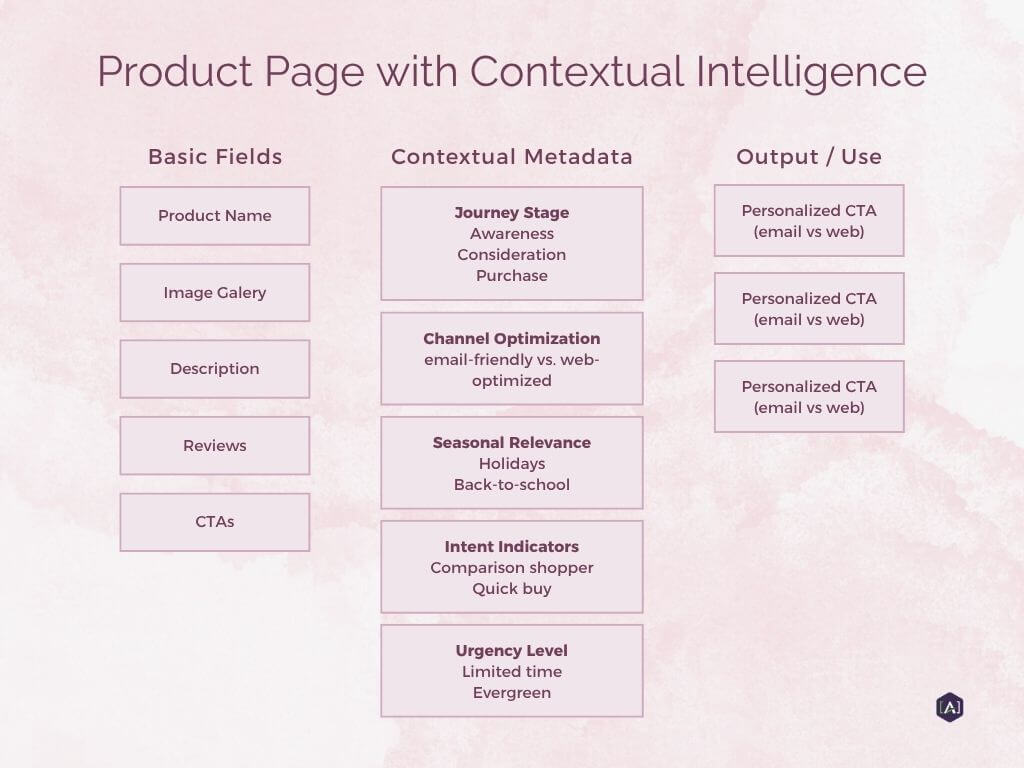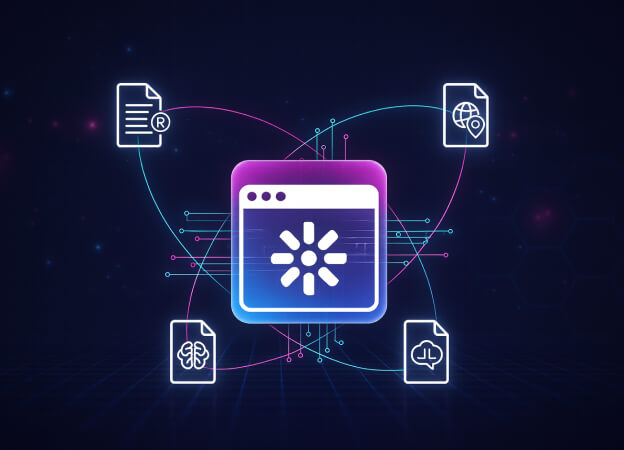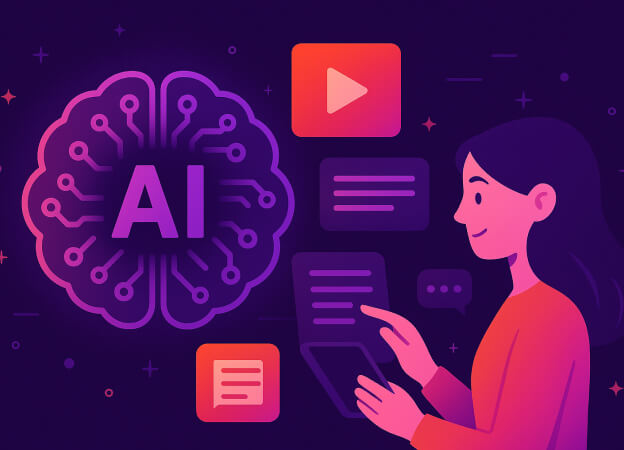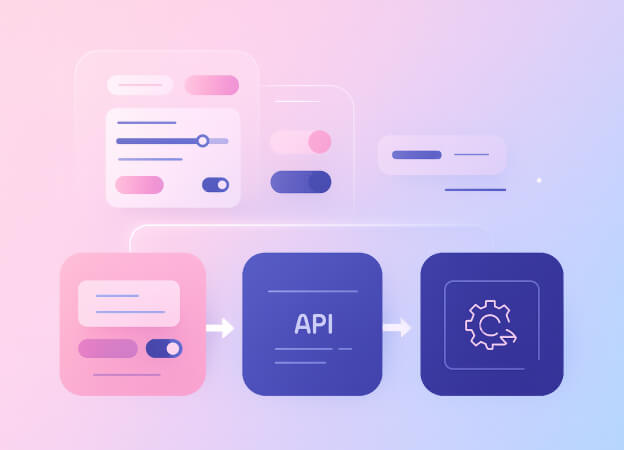Why Personalization Fails Without Structured Content
Marketers today sit on mountains of customer data, yet much of the personalization they implement still comes across as generic, uninspired, or even awkward. We have all experienced it: receiving emails with the wrong name in the greeting, getting product recommendations that don't match our interests, or seeing ads for items we have already purchased.
Instead of building trust, these missteps make personalization feel robotic and sloppy.
The core paradox of modern personalization is clear: brands collect endless data points but still fail to deliver experiences that feel personal. This is precisely why personalization fails without structured content, collecting facts is not the same as understanding people, context, or intent.
This problem shows up in familiar ways:
- Data quality issues: Incorrect fields, outdated info, or missing details.
- Lack of context: Timing and intent aren't considered.
- Over-automation: Campaigns lose nuance and oversight.
- Silos: Teams and systems create fragmented, contradictory experiences.
71% of customers expect personalized experiences, yet 76% are frustrated by the generic reality they receive.
A useful analogy: Personalization without structured content for marketing is like serving the same dish to every guest at a dinner party. Sure, their names are printed on the menus, but the vegans, allergy sufferers, and food lovers alike get exactly the same plate: generic, unsatisfying, forgettable.
The missing ingredient isn't more data. It's a comprehensive content modeling strategy that makes scalable content personalization possible across every channel.
The State of Personalization Today
Most marketing teams already invest heavily in omnichannel personalization, relying on a familiar toolkit of methods and platforms:
- Segmentation: Grouping customers by demographics, behaviors, or preferences
- Triggered workflows: Automated responses to actions like cart abandonment or downloads
- Behavior-based campaigns: Offers tailored to browsing or purchase history
- Preference centers: Allowing subscribers to control communication types and topics
- Personalized search & recommendations: Algorithms that adjust results and suggestions per user
- A/B testing: Experimenting with messages, layouts, and CTAs
These methods are powered by CDPs, cross-channel personalization platforms, email automation, website personalization tools, and recommendation engines. Some organizations are experimenting with AI-driven personalization and micro-segmentation to go even further.
On paper, this ecosystem looks advanced. In practice, most personalization is still data-driven only. Campaigns lean heavily on demographics, purchase history, and broad behaviors—without understanding true intent, emotion, or context.
As CMSWire puts it: "You may only be able to do personalization at a high level of segmentation, if at all, because you lack the data that empowers personalization that matters to the audience."
The result: while marketers are busy checking boxes with data-driven tactics, the customer experience often falls flat. This is exactly how to scale personalization in marketing, by addressing the structural foundation that supports it.
The Missing Piece: Content Modeling for Marketing
If customer data tells you who to reach, content models and personalization work together to define what and how you deliver.
A content model is essentially a blueprint that organizes digital content into clear types (like articles, product pages, or images) and defines not just the pieces, but the contextual relationships and metadata that tie them together. This is where the missing context comes back into play, content models capture the situational intelligence that makes personalization relevant.
Think beyond basic content organization. Structured content for marketing includes contextual fields like:
- Journey stage context: Is this for awareness, consideration, or purchase?
- Channel context: How should this content behave on mobile vs. desktop vs. email?
- Timing context: Is this seasonal, urgent, or evergreen content?
- Intent context: What problem is the customer trying to solve right now?
- Relationship context: What content naturally flows together in a logical sequence?
A helpful metaphor: content models are like Lego blocks with built-in instructions. Each block has a clear shape and purpose, plus contextual information about when, where, and how it should be used. Marketers can quickly assemble, rearrange, or reuse them to build new, customized experiences that feel contextually appropriate, not just personalized by name.
Content Modeling Examples for Marketers: Context in Action
Imagine a product page modeled with not just basic fields, but contextual intelligence:

Once structured this way with contextual intelligence, marketers can:
- Context-aware email campaigns: Use product descriptions optimized for the consideration stage when someone downloads a comparison guide
- Channel-intelligent ads: Pull reviews and CTAs that are formatted specifically for social media vs. search ads
- Journey-conscious web experiences: Show different product imagery and messaging based on whether someone is browsing or ready to buy
- Timing-smart automation: Surface seasonal CTAs automatically when relevant, and switch to evergreen alternatives when not
This is modular content personalization powered by context. With a content model in place, personalization becomes more than just data and more than just content, it becomes contextually intelligent experiences that understand not just who the customer is, but where they are in their journey and what they need right now.
Why Content Models Matter for Marketing Personalization
For marketing leaders, the biggest advantage content engineering for marketing delivers is scalability.
Scalability is directly tied to growth, ROI, and the ability to meet dynamic demand. Leaders want to launch campaigns across channels, handle seasonal surges, and adapt to new opportunities, without "breaking the system" or ballooning costs.
With scalability in place, consistency, speed, and integration remain possible, even as the business expands. This content-first marketing approach ensures that personalization strategies can grow alongside your business needs.
Real-World Examples: Where Content Models Unlock Personalization
A powerful example comes from a major nonprofit academic medical center. With over 65,000 employees and 1.3 million patients, their marketing and communications teams felt overwhelmed. They had many print, digital, and conversational channels to manage.
Content was copied and pasted between systems. It was duplicated in silos and managed with many templates. This slowed down campaigns and caused errors in important health information.
[A] created a detailed personalization strategy using a content modeling approach. This helped them build a single, organized base for all their content. The results were transformative:
- Context-aware content reuse: The same health information could automatically adapt for patients vs. providers, urgent care vs. routine visits
- Contextually relevant campaigns: Messages could be launched with appropriate urgency, channel formatting, and audience-specific language
- Journey-conscious publishing: Content automatically included contextual cues about when and where it should be used
- Intelligent new experiences: Chatbots and conversational interfaces could deliver contextually appropriate responses based on user intent and urgency
The takeaway: structured content for marketing doesn't just solve operational headaches. By adding contextual intelligence to content models, organizations can provide personalized health information. This information understands who is asking, why they are asking, and what they need to know at that moment.
Read our Content Modeling Case Study
This story reflects a broader truth: industries under pressure to deliver relevant, scalable, omnichannel experiences benefit the most from using content models in omnichannel campaigns:
- Retail: Constant promotions, shifting inventory, and diverse preferences demand modular content
- Healthcare: Patients and providers need accurate, tailored information across channels
- Finance: Strict regulations require consistent yet personalized communication
- B2B SaaS: Complex products and segmented buyer journeys need modular content that adapts to roles and industries
In each case, content models ensure personalization isn't just about data; it's about delivering the right content, in the right form, at the right time.
Getting Started: From Concept to Action
Recognizing the value of content modeling for marketing is one thing; making the shift is another. Marketing leaders who want to move beyond data-only personalization need to prepare their teams, processes, and technology.
The best way to begin is by asking the right questions:

These aren't just tactical questions; they're strategic checkpoints. By addressing them early, organizations can avoid stalled initiatives and instead build a scalable foundation for personalization at scale that actually works.
The Future of Content-First Marketing
The shift toward structured content strategy isn't just a trend, it's a fundamental evolution in how successful brands approach personalization. As customer expectations continue to rise and channels multiply, the organizations that thrive will be those that have built their personalization efforts on a foundation of well-structured, modular content.
Content engineering for marketing represents the next frontier of marketing operations, where technical precision meets creative strategy to deliver experiences that feel genuinely personal and contextually relevant.
Start with a quick audit of one high-impact content type, then let's talk about how to scale your content modeling strategy for maximum impact.
If your team is ready to connect data with content and finally deliver personalization that feels personal, implementing the right content models for your marketing strategy can transform your omnichannel personalization efforts from generic to genuinely engaging.




